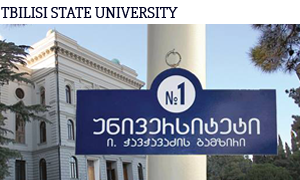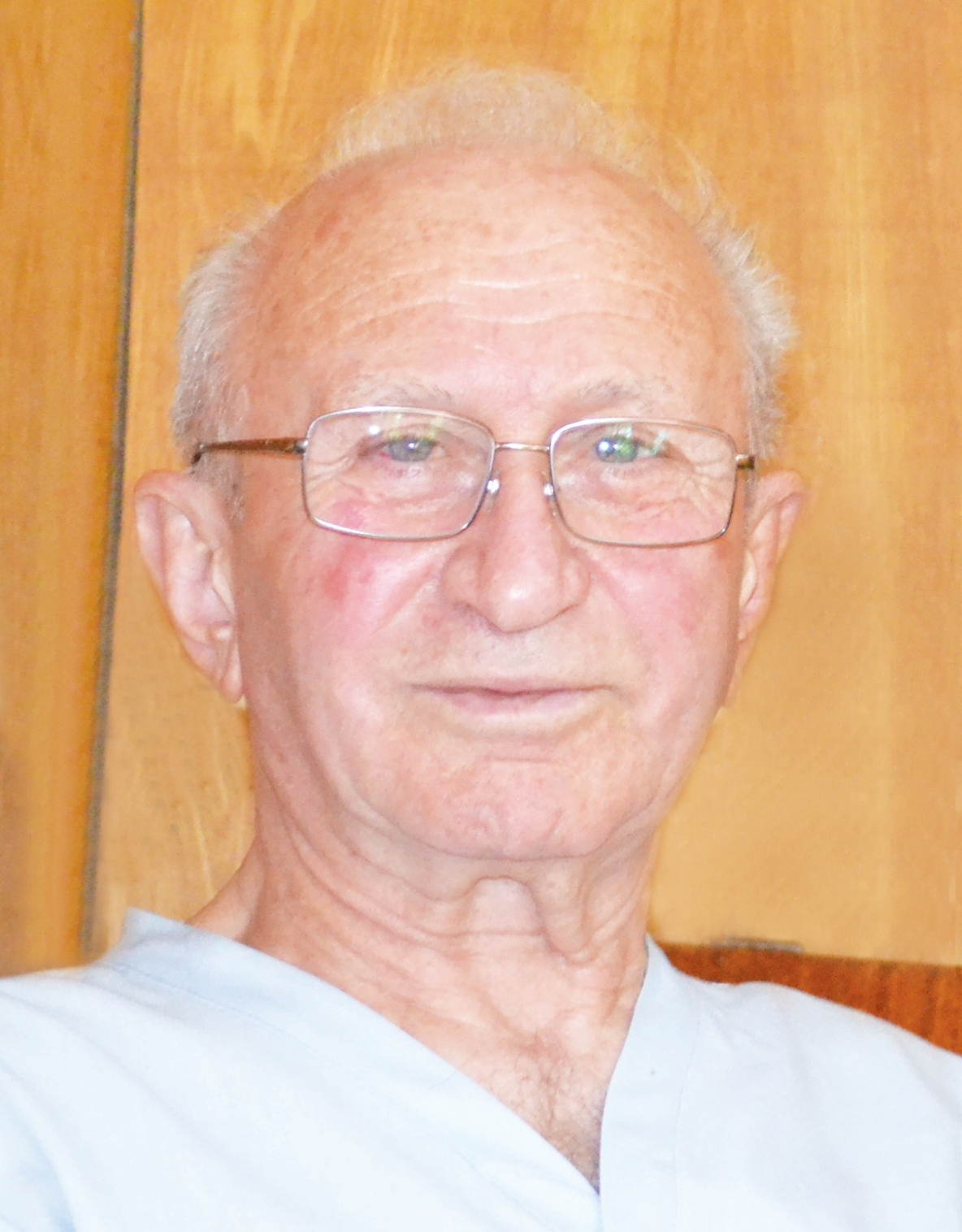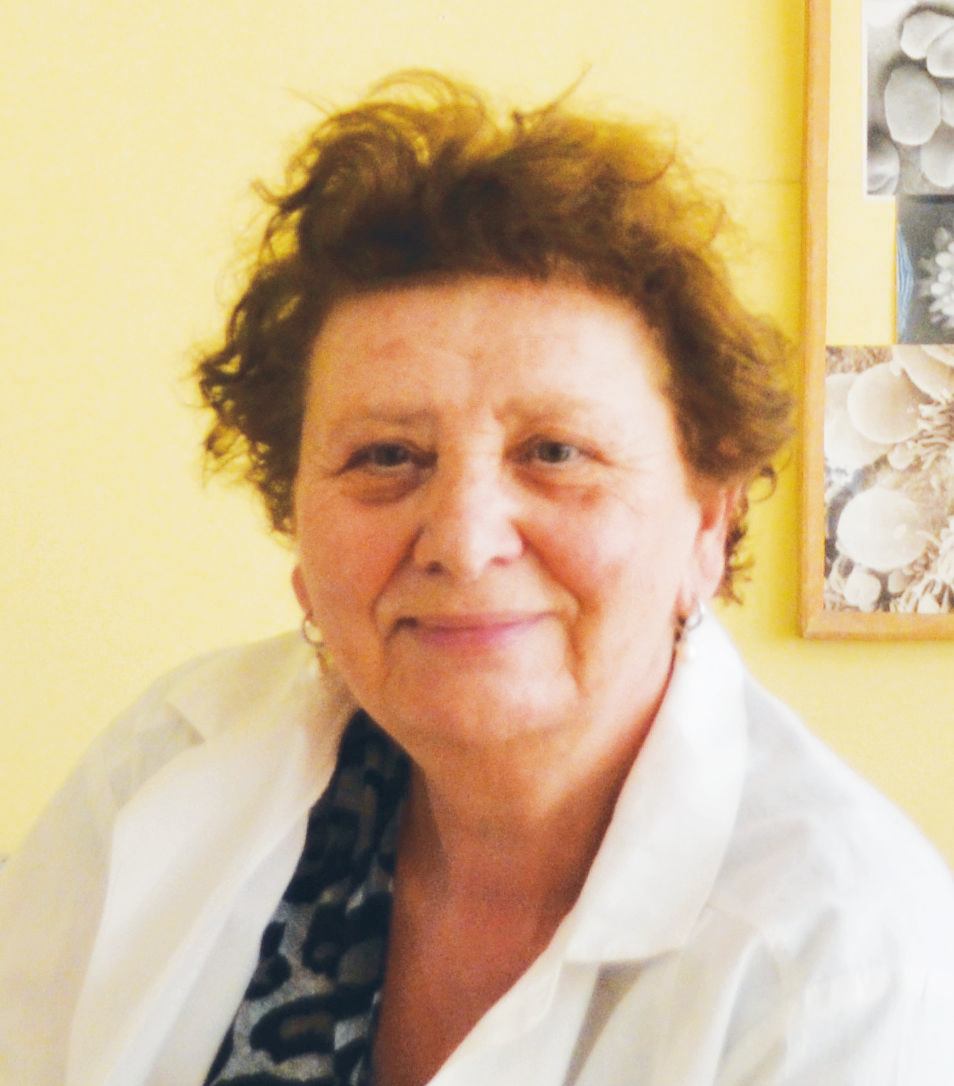
FACULTY OF MEDICINE
MANY GEORGIANS SUFFER FROM THYROID DISORDERS
According to a group of TSU scientists studying the morpho-epidemiology of thyroid gland diseases, 51.3% of the Georgian population suffers from different types of hypothyroidism. Researchers at the TSU Alexander Natishvili Institute of Morphology conducted a study entitled “Structural and Receptor Identification of Hypothyroidism (thyroid hormone deficiency) based on Surgical Materials from Georgian Regions”. The material and technical resources of the Clinical and Experimental Pathology Department of the Institute of Morphology, as well as the clinical and diagnostic laboratory (immune-ferment, densitometry) of the National Institute of Endocrinology were used during the study.
Professor Zurab Tsagareli, Chief of the Cytology Laboratory of the Institute of Morphology, led the research. According to him the study was necessary as there is no statistical data on thyroid cancer in Georgia. Only sporadic data mentions “various tumors” (see statistical directory for years 2007 and 2010 by the Georgian Center for Disease Control), which omits a corresponding database. The lack of fundamental, scientific research on the issue has led to a low quality of expertise poor capacity for prognoses at all levels. The research team revealed that various types of subclinical hypothyroidism (especially in western Georgia) and toxic nodules have been detected in young and middle-aged adults, both men and women (in eastern Georgia).
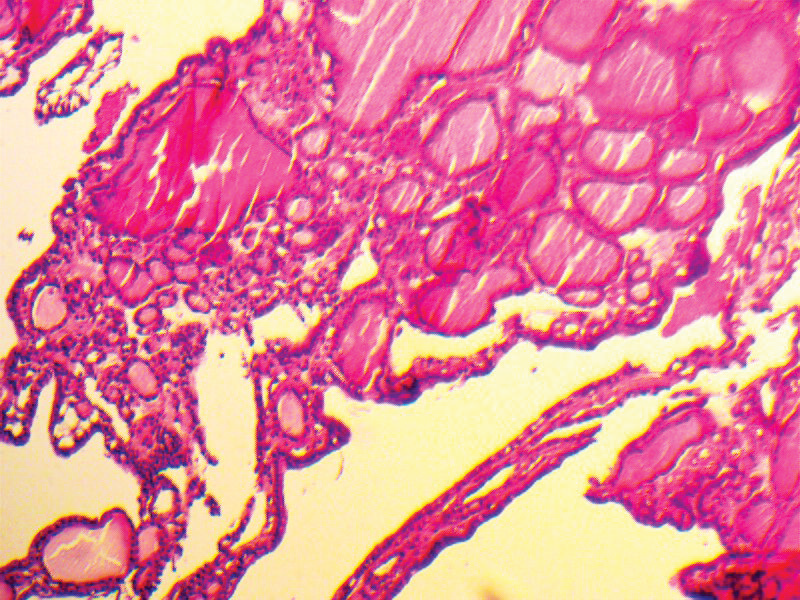
The structure of the impaired thyroid gland
■ In several Georgian regions changes were observed in terms of the clinico-morphological and molecular biological profiles of thyroid disease. For example hypothyroidism incidence increased as the incidence of diffuse toxic goiter decreased.
A differential profile of thyroid diseases in Georgia’s mountainous and lowland areas was drawn up, examining the role of hypothyroidism factors that included ecology—such as potable water; construction materials; medical procedures and others. In several Georgian regions changes were observed in terms of the clinico-morphological and molecular biological profiles of thyroid disease. For example hypothyroidism incidence increased as the incidence of diffuse toxic goiter decreased.
Professor Tsagareli points out, “It is important to understand that not only does hypothyroidism increase the risks to reproduction but it can also lead to increased risks for thyroid, breast and cervical cancers. Hypothyroidism is frequently revealed in the form of multinodular goiter disease, which has now been associated with precancerous conditions. Thyroid dysfunction represents a demographic, social and medical-geographic problem for certain Georgian regions.”
To better illustrate Georgia’s medical-geographic anomalies and environmental risk factors, a radiation pollution map of Georgia was developed in 2006 indicating “hotspots”. The researchers also marked the prevalence of thyroid nodules, molecular biological profile and the potential for malignization (acquiring malignant features by cells). Professor Liana Gogiashvili, explained: “The observations made on over 6,000 surgical and over 1,700 fine-needle aspiration biopsy materials showed that hypothyroidism caused multiple organ changes. Among these changes there is a molecular biological atypia in the cervical epithelium (a type of multicellular organism tissue that serves to absorb and protect). This is an important prognostic indicator for evaluating the biological progress of damage. From our point of view, this phenomenon might be the result of a crosswise combination of two leading endocrine systems.”
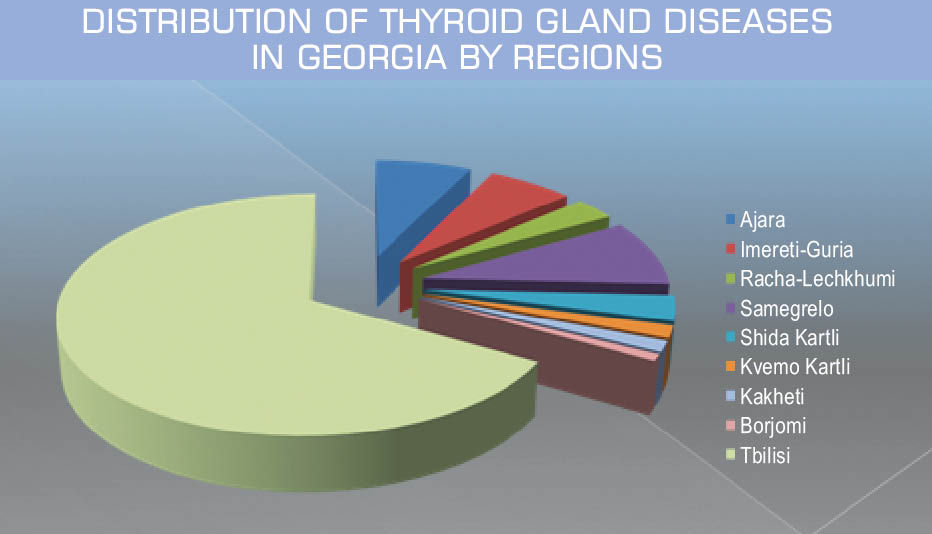
According to the research data, the incidence of malignization of thyroid nodules in people under 25 with hypothyroidism is as high as 4%. The recommendations developed by scientists from the Institute of Morphology include screening for thyroid disease in women over 35 and monitoring the cervical epithelium of persons with this disease in the state universal healthcare program.
The results, conclusions and recommendations of the morpho-epidemiological research on the thyroid gland can serve as a basis for developing palliative surgical techniques and for earlier diagnosis of “microcarcinoma” in the thyroid nodules before surgery, as it currently does not exceed 10%. Microcarcinoma is the most common type of thyroid cancer and nodules measure less than 1 cm.
Professor Liana Gogiashvili pointed out that this research using modern technology is unique in Georgia. Autoimmune diseases of the thyroid gland are being studied abroad (Italy-Sardinia, Pacific coast of South America, USA, Germany) and today the link between hypothyroidism and precancerous processes is a topical issue. The next step is to study the genetic markers of autoimmune diseases of the thyroid gland in various Georgian population groups. According to Professor Tsagareli, the data and conclusions are fundamental and many of them have been introduced in specialized clinics.
The results of the research have been presented at a session of Parliament’s Healthcare Committee (13.04.2009); the Rustaveli National Science Foundation meeting (17.09.2011); the International Congress Euro Med – 14 (06.05.2014, Hanover, Germany). A number of scientific publications have appeared in Georgian Medical News; Allergology and Immunology; EuroMed – Medicine, 2014. The report on the research delivered at the international conference Euro Med 2014 was awarded a diploma and the Robert Koch Medal.
The following persons were involved in the research at various times: Elene Giorgadze, Professor, Director of the National Institute of Endocrinology; Vasil Chachibaia, Professor, Head of the Endovideo Surgery Department of the National Institute of Endocrinology; Nino Vepkhvadze, Professor, Head of the Department of Preventive Medicine and Environmental Health at Tbilisi State Medical University; Maguli Chkhobadze, Head of the Department of Anatomical Pathology of Kutaisi National Medical Center; also Doctors of Medicine, senior researchers: Elene Nikobadze, Manana Dgebuadze, Tinatin Kvachadze, Ekaterine Melikadze; and Natia Rurua, PhD student at the TSU Faculty of Medicine.

